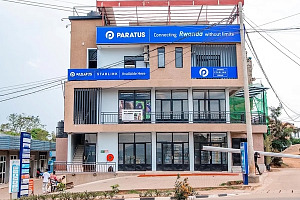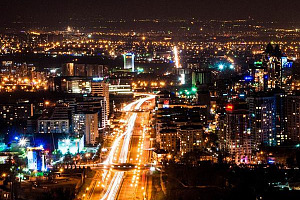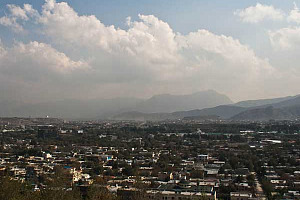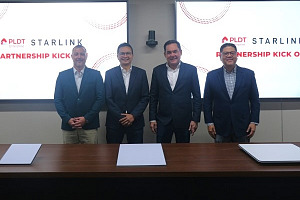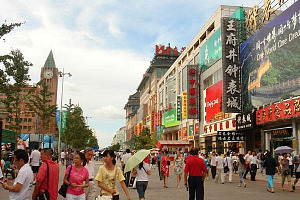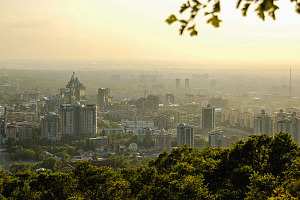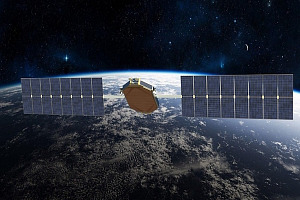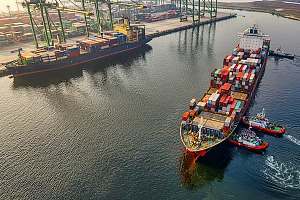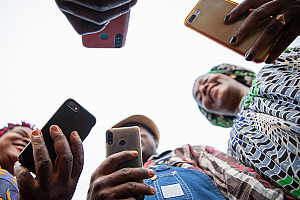As data-hungry services become prevalent globally, escalating data demand is hardly a new phenomenon – but addressing it can be a challenge in markets where fibre buildout is lacking. In terms of fibre deployment, many African countries face hurdles in terms of investment, logistics or both – so how can they address these, and are there any viable alternatives?
Data demand drives fibre investment
According to Africa Analysis, Africa’s total inventory of operational terrestrial fibre optic networks was 2,139,506 km as of June 2024. At this time, around 1,337,158 km of this total was in active operation, with 112,373 km under construction, a further 124,179 km planned and 64,671 km proposed.
To address Africa’s exploding demand for data, Guy Zibi of Xalam Analytics believes that more data centres – and therefore more fibre – will be required: “The gigantic volumes of content and the need to bring content to the edge means that more hosting and fibre build-out is going to be needed. This is essential, otherwise the volumes of traffic coming to market will be absolutely unmanageable.”
Deon Geyser, CEO of Liquid Intelligent Technologies, explains that Africa is undergoing a rapid digital transformation, particularly with regard to the exponential increase in the adoption of data-intensive technologies like AI, Cloud, and Machine Learning. Geyser expects this to result in further fibre optic infrastructure investment going forward.
“A recent report from the Africa Data Centre Association states that Africa alone needs 1000MW and 700 facilities to meet growing demand, and investment is starting to come through” says Geyser. “Late last year, (Liquid’s parent) Cassava Technologies received its first investment tranche of $90 million, and significant portions of that will be to expand our infrastructure on the continent further.”
Dobek Pater of Africa Analysis notes that while capacity will need to increase across the board, this will vary from country to country. Giving the example of South Africa, Pater notes that the country’s centralised data centre capacity - large data centres typically located in large urban and commercial centres – will suffice for several more years.
“What is required are smaller regional data centres and edge data centres. Deployment of the latter has begun in South Africa but not yet in the vast majority of countries in sub-Saharan Africa”, notes Pater.
These edge data centres are required to ensure the quality of service for many new applications, which require low latency and fast turn-around time for data processing and returning information to the user or device from which data was initially sent. Connecting these smaller data centres to the established larger ones will require a deep fibre infrastructure. Moreover, fibre will also be required for connectivity of all 5G sites - and ideally all 4G sites as well.
Will any alternatives work?
However, optical fibre is expensive and difficult to deploy, particularly in remote areas. While fibre has long been the go-to technology for handling large volumes of high-speed data traffic, with demand outstripping supply in Africa, are there alternative solutions – particularly given the continent’s lack of legacy infrastructure?
Zibi argues that in urban, densely populated areas, fibre is likely to remain the best option. When deployed properly, its cost-benefit equation is still compelling, although he notes that LTE and 5G-based fixed wireless are good alternatives. However, this is not true of rural areas - particularly in landlocked countries, where last mile fibre is simply not an attractive option. Zibi notes that LEO satellites have emerged as the most prominent alternative – and Geyser adds that this is a route that Liquid is exploring to help connect the remotest parts of Africa.
Liquid has partnered with satellite provider Eutelsat to help deliver broadband services to remote and underserved areas. “By harnessing satellite technology, we have overcome the challenges of deploying optical fibre in landlocked regions, offering a viable alternative to traditional connectivity methods”, explains Geyser. The firm also collaborated with Intelsat in 2023, deploying backup satellite links in key areas to ensure continuous connectivity even during power outages, and improving the resilience of Liquid’s network.
Geyser notes that since Africa doesn’t face the same legacy issues as other more developed markets, it is able to evolve more quickly, adopting new technologies to facilitate connectivity. He cites Liquid’s partnership in 2020 with Alphabet’s Project Taara, which uses beams of light to offer fibre-like connectivity. The initiative allowed the partners to offer an abundant, affordable, and accessible service in remote regions that has expanded since its inception to cover more than 50 communities in seven African countries, bringing high-speed internet to areas that were previously underserved. Geyser says that Liquid’s holistic approach towards addressing the connectivity challenges faced in Africa - particularly in landlocked regions – embraces diverse technologies to drive digital inclusion and empower communities with reliable and accessible internet connectivity across the continent.
While different technologies can offer unique advantages, Pater argues that their utility as a substitute for fibre is linked to the geographic sector in which fibre would otherwise be deployed. He explains that the network can be divided into four geographic segments: international (subsea cables and satellite), national long-haul (between cities and regions), metro (within cities), and access (last mile – direct user connection).
Fibre deployment remains essential
Pater notes that in terms of quality of service, mobile 5G, fixed wireless access, and LEO satellite are all able to act as substitutes for fibre – at least in terms of broadband connectivity – but nothing yet outperforms fibre on a technical basis. The choice of access technology would depend on several factors, including the cost of deployment – and the price of services to end-users, which is closely connected to this – as well as user requirements and service efficacy.
For long-haul and metro infrastructure, fibre is necessary. Substitutes are used due to fibre costing more to deploy - particularly in topographically challenging areas – and because they are faster to deploy than fibre. Microwave is typically used as an alternative to fibre and sometimes satellite (normally geostationary). However, as the requirement for data-hungry applications grows, fibre will be required to provide not only the necessary capacity but also quality (e.g., better latency and lower jitter). Many mobile 4G sites in Africa are still using microwave links for traffic backhaul from sites to the core network when ideally they would use fibre for better performance – and for 5G networks, fibre backhaul is required to enable the intended performance.
Pater notes that 5G deployment is still in its incipience in Africa, with Mauritius and South Africa making the greatest strides. However, he adds that it is significant that initial 5G deployments typically take place in areas that already have a fibre footprint – due to the aforementioned backhauling requirement.
“Therefore, while 5G is an alternative technology to fibre (offering similar performance in many cases), to date it is often an alternative technology for connectivity in areas that already have other options - and the 5G footprint is normally built first in more affluent areas. i.e., residences and business which can afford fibre services.”
Pater adds that the usage fees associated with both 5G and FWA in many African countries are only affordable by the middle to upper middle class – typically a relatively small group within society. Until 5G starts to be deployed in lower income and rural areas, with services offered at lower prices, Pater asserts that it will not address the issue of access to high quality broadband services.
Zibi agrees, noting that very few markets have deployed 5G to a sufficient level that it could function as an alternative to fibre connectivity. While he concedes that where 5G is available, it is unquestionably an alternative to fibre – subject to pricing – deployment is still a work in progress, with only a handful of markets such as Kenya and South Africa achieving the required scale, and even there only in certain pockets. Ultimately, 5G deployment is still a work in progress.






